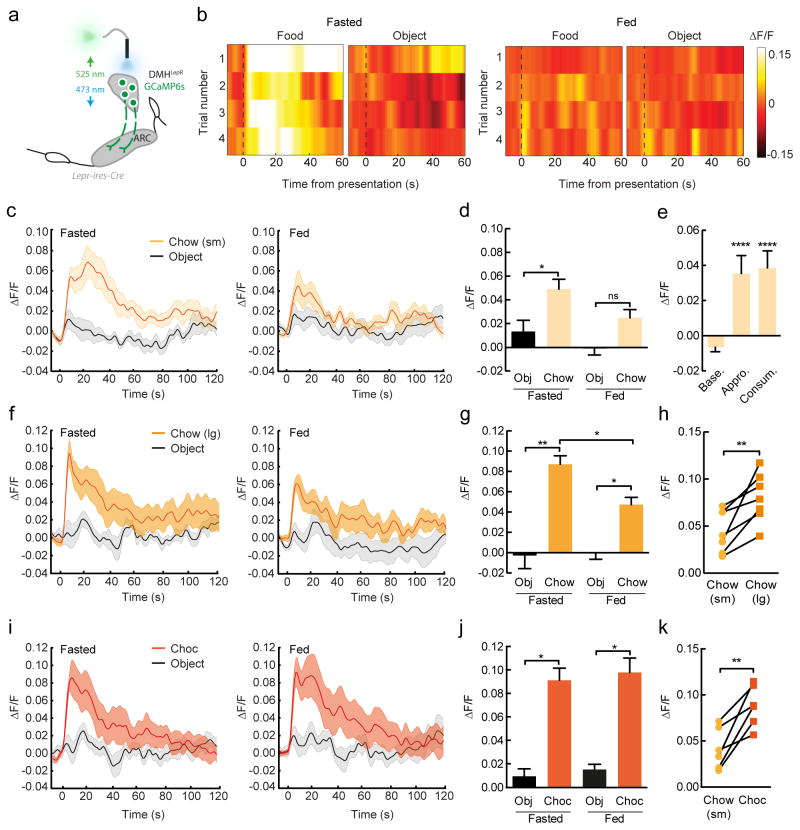Figure 3. DMHLepR neurons are rapidly activated upon sensory detection of food.
(a), the real-time activity of DMHLepR cell bodies was determined using in vivo fiber photometry. (b–d), DMHLepR neurons were rapidly activated upon presentation of a small chow pellet (t=0), compared to a non-food object, in a energy-state dependent manner (b, individual trials in one representative mouse on one day in the calorie restricted and ad libitum fed state; c, mean effects from all mice across time, n=6; d, mean response from 0–10s post food presentation, repeated measures ANOVA, F(5,15)=7.2, p=0.02). e, responses of DMHLepR to small pellet availability occurred prior to the initiation of consumption and was not increased further once consumption began (n=15; repeated measures ANOVA, F(14,28)=12.16, p=0.0002). (f–g), DMHLepR neurons were rapidly activated upon presentation of a large chow pellet, compared to a non-food object, in a energy-state dependent manner (f, mean effects from all mice across time, n=6; d, mean response from 0–10s post food presentation, repeated measures ANOVA, F(5,15)=24.15, p=0.0001). (h), response of DMHLepR neurons to large chow pellets was potentiated compared to that elicited by small chow pellets in the same mouse (n=7; paired t-test, t(6)=3.88, p=0.0081). (i–j), presentation of chocolate activated DMHLepR neurons, compared to a non-food object, and was comparable to responses in ad libitum chow-fed mice (i, mean effects from all mice across time, n=5; j, mean response from 0–10s post food presentation, repeated measures ANOVA, F(4,12)=24.21, p=0.0003). (k), responses to chocolate were increased compared to chow (n=6, paired t-test, t(5)=4.58, p=0.006). All data presented as mean±SEM; post-hoc p-values *p<0.05; **p<0.01; ****P<0.0001. Abbreviations, ΔF/F, fractional change in fluorescence.

